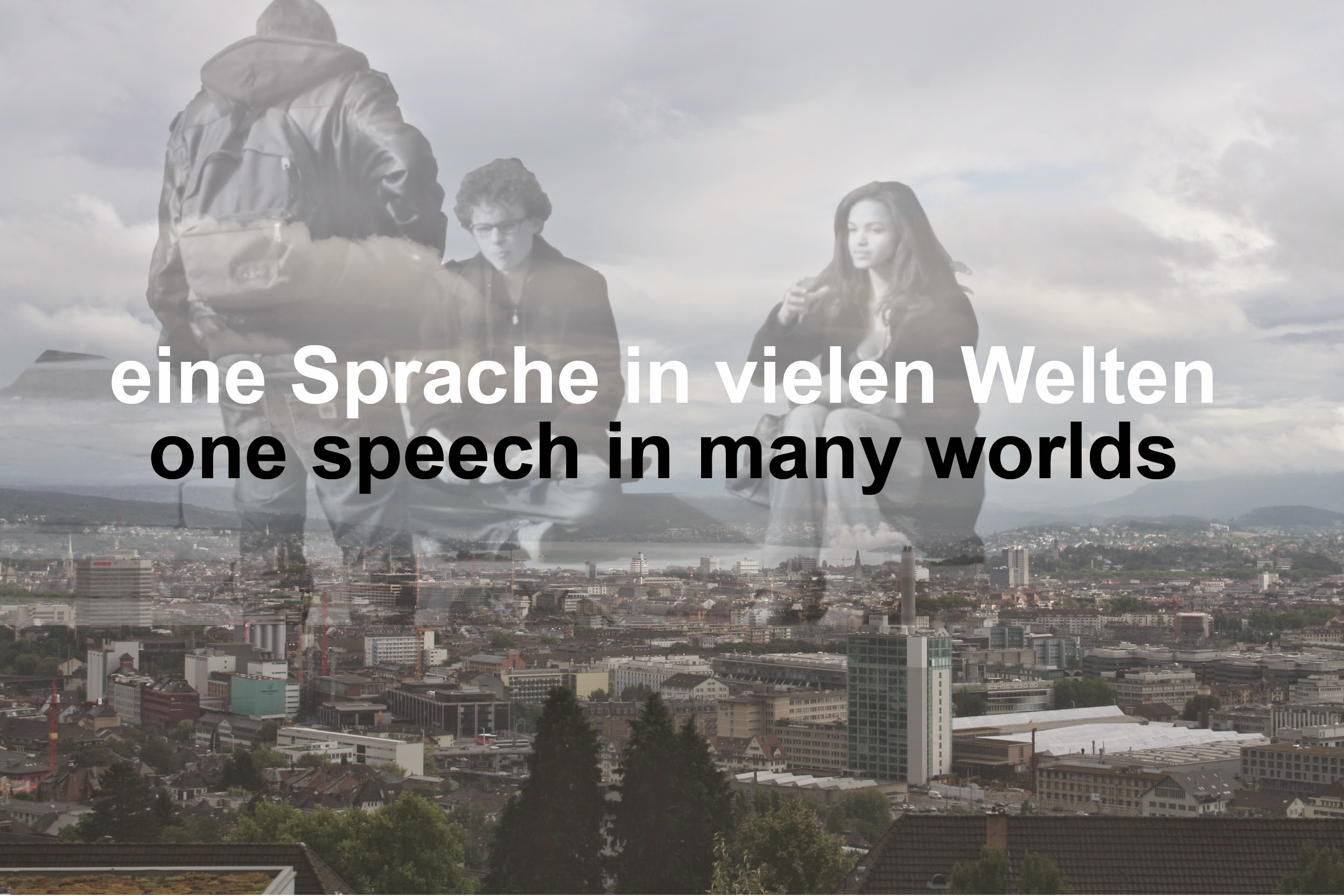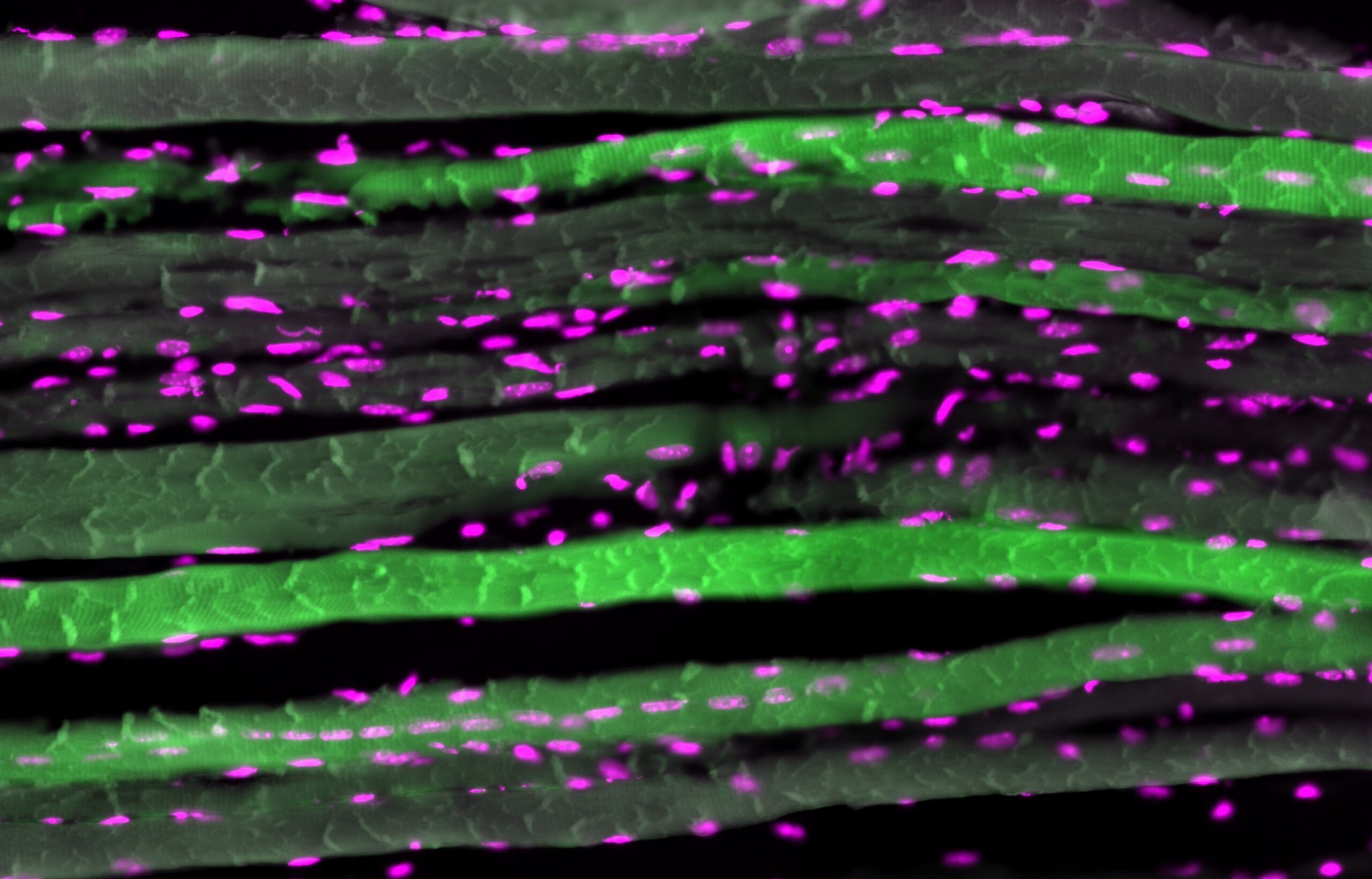Until now, it was assumed that the protein Myc promotes the growth of skeletal muscles. A recent study by the University of Basel has now refuted this theory. Researchers were able to show that Myc is not necessary for muscle growth. Rather, a high amount of Myc rapidly impairs the structure and function of muscle fibres. The results of the study were published in Nature Communications.
Basel/Switzerland, April 14, 2025 Growth stimuli on muscles increase the Myc concentration in the muscle, which is usually low. Until now, it was assumed that this protein was responsible for the overall excessive growth of skeletal muscles, called hypertrophy. According to a study, a team from the Biozentrum at the University of Basel has now discovered that, contrary to expectations, this protein does not lead to an increase in muscle fibres. Instead, the exact opposite happens: Myc levels suppress the proteins that are necessary for muscle contraction.
Myc is crucial for the formation of sufficient muscle cells from muscle stem cells, which later fuse to form muscle fibres. In this way, Myc supports muscle growth and regeneration. ‘If Myc is missing in the muscle stem cells, the muscle loses its ability to grow strongly or to regenerate after an injury,’ says Ham.
Significance for new therapies
„Such studies are important because they challenge long-standing hypotheses about the role of Myc in skeletal muscle growth. On the other hand, they also underline its important function in muscle stem cells for muscle growth and repair,“ says Prof Dr Markus Rüegg. ‘The findings could also open up new avenues for the development of therapies that balance the positive and negative effects of Myc in muscle.’
Original publication:
Daniel J. Ham, Michelangelo Semeraro, Bianca M. Berger, Timothy J. McGowan, Shuo Lin, Eleonora Maino, Filippo Oliveri, Markus A. Rüegg:
Muscle fiber Myc is dispensable for muscle growth and its forced expression severely perturbs homeostasis.
Nature Communications (2025), doi: 10.1038/s41467-025-58542-7)
ImageSource
Universität Basel, Biozentrum, Gewebeschnitt von vielkernigen Muskelfasern (grün, Zellkerne in pink).


